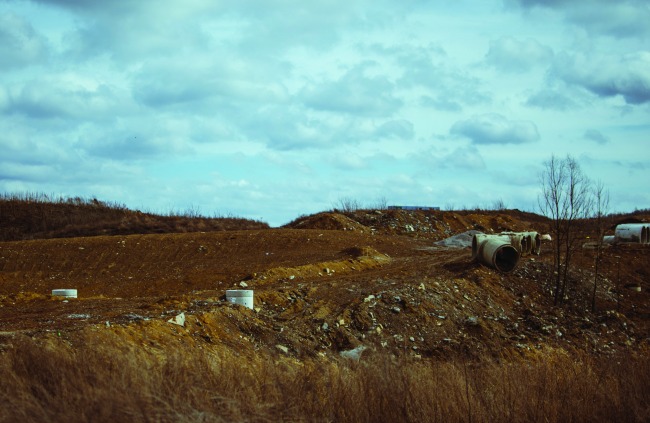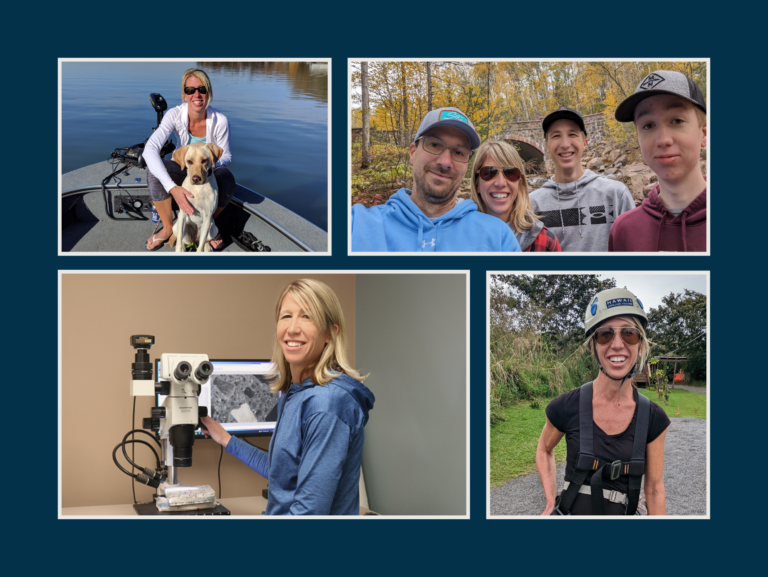Nearly every renovation or redevelopment project will encounter some type of environmental hazard. Staying abreast of the latest regulatory requirements is critical for a successful outcome…
While it’s easy to think of renovation or redevelopment work taking place entirely within a building’s walls, this is rarely the case. The entire site–soil and all–must be investigated to uncover what, if any, environmental hazards (e.g., contamination or debris) exist above or below ground. If significant contamination is encountered in the ground during a redevelopment project, which is considered a “release,” it isn’t just good practice to properly manage it– it’s the law. In 1980, Congress passed the Comprehensive Environmental Response, Compensation and Liability Act (CERCLA), also known as the Superfund law, which imposed strict liabilities on both owners and operators of contaminated sites. This meant that the buyer (i.e., the title holder) of a contaminated site could be held liable for its cleanup.
Although revisions have been made over the years to protect buyers against Superfund liability, the law includes an explicit requirement: an adequate Phase I Environmental Site Assessment (ESA) must be conducted prior to the purchase of any commercial site if the buyer wishes to be protected against future liabilities. If a buyer does not complete a proper Phase I ESA, any kind of defense is forfeited—and the responsibilities related to the contamination at the site and its cleanup could become solely the buyer’s responsibility.
What is a Phase I ESA?
A Phase I ESA is a historical and current assessment of a site to evaluate the likelihood that environmental impacts are or may be present. To be valid, the assessment must be conducted by a qualified environmental professional (EP) in accordance with the current nationally recognized standard practice produced by the American Standards for Testing and Materials (ASTM). The goal of a Phase I ESA is to determine if there are recognized environmental conditions (RECs) associated with the site. A REC is defined as the presence or likely presence of any hazardous substance or petroleum product in, on, or at a site: 1) due to a release to the environment, 2) under conditions indicative of a release to the environment, or 3) under conditions that pose a material threat of a future release to the environment.
In addition to being a prerequisite for a defense to Superfund liability, a Phase I ESA report is also a routine lender’s requirement for commercial real estate transactions. Regarding liability, there are also obligations the “user” of the Phase I ESA must fulfill to qualify for Landowner Liability Protections (LLP), including allowing a search for environmental liens on the site and completing a User Questionnaire provided by the EP.
A Phase I ESA is broken into four general areas to determine the site’s use/ activities dating back to its first developed use or to 1940, whichever is earlier:
1. HISTORICAL RECORDS REVIEW
The purpose of a historical records review is to determine if any of the site’s previous developments could have resulted in soil or groundwater contamination (e.g., a gas station or dry cleaning business), or if the site has been registered in any regulatory databases that track petroleum or hazardous substances, leaks, permit violations, etc.
2. SITE RECONNAISSANCE
During the site reconnaissance the EP examines current conditions, in relation to potential contamination sources, and also confirms or denies the existence of potential contamination issues identified during the historical records review.
3. INTERVIEWS
Interviews are conducted with the current and former owner(s), occupants/tenants, local government officials, the fire department and building department, if available. These individuals may have knowledge concerning the use, storage, and disposal of petroleum products or hazardous substances at the site.
4. REPORT OF FINDINGS AND CONCLUSIONS
The findings and conclusions if RECs or other environmental issues were identified are summarized in the report. If contamination is discovered, further investigation in the form of a Phase II investigation may be required which typically consists of soil, groundwater, and/or vapor sampling to determine the extent and magnitude of the contamination.
What are commonly encountered RECS?
Frequently, RECs include underground storage tanks (USTs) and non-petroleum contamination, including heavy metals, polychlorinated biphenyls (PCBs), solvents and chlorinated solvents from dry cleaners, potential vapor intrusion and buried debris. Vapor intrusion is one of the more recent concerns related to soil and groundwater contamination and is often caused by releases from USTs. Vapor intrusion happens when contamination volatilizes in the soil, and the vapors migrate into buildings potentially impacting the health and safety of building occupants.
Site contamination is an issue that must be addressed—in accordance with applicable regulations—on every redevelopment or renovation project. Partnering with an experienced environmental consultant like AET can help you identify and manage these issues in time to avoid unnecessary project delays and costs.
Bruce Boehm Carlson – Senior Environmental Project Manager
Don’t miss the first two parts of this series:
| Part I | Part II |
| Building Materials | Indoor Air Quality |
Read more from our environmental team here!
Learn about our Environmental Engineering services.



